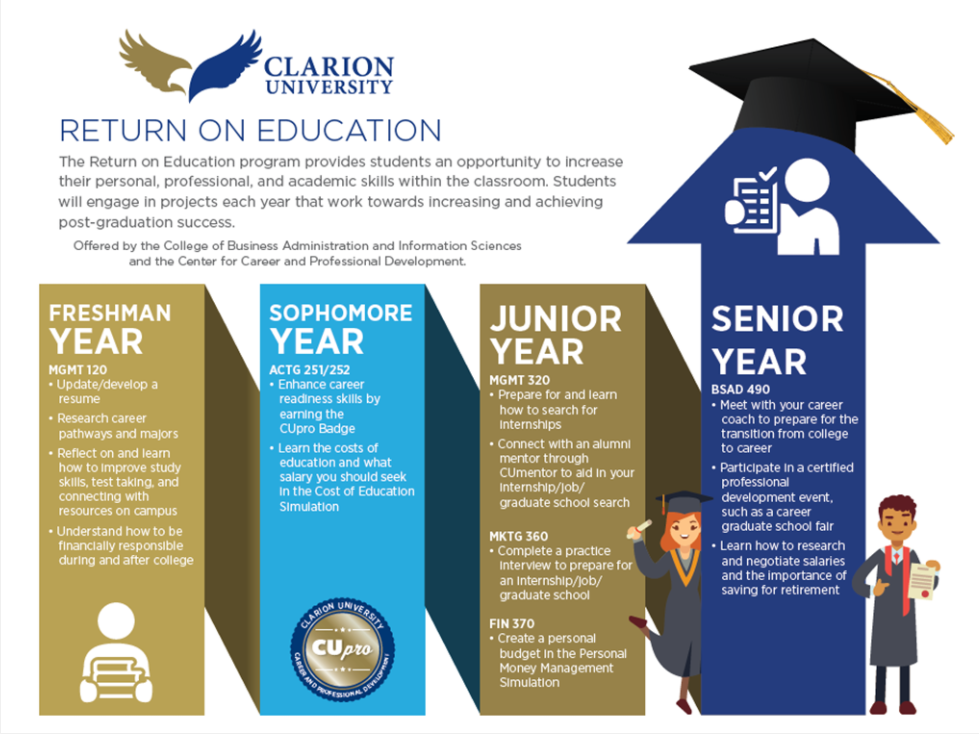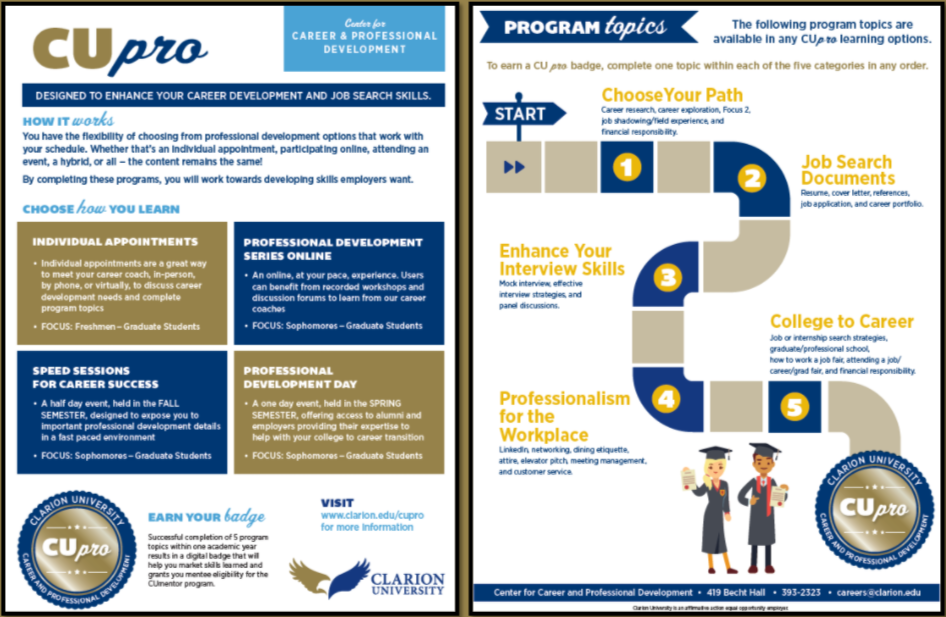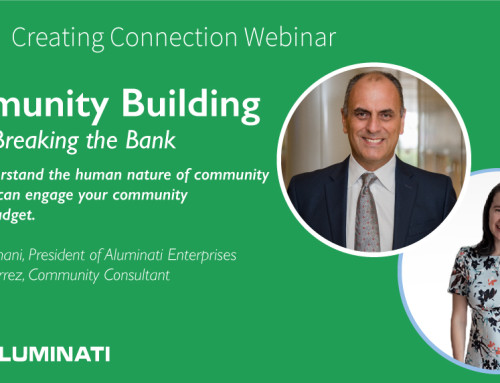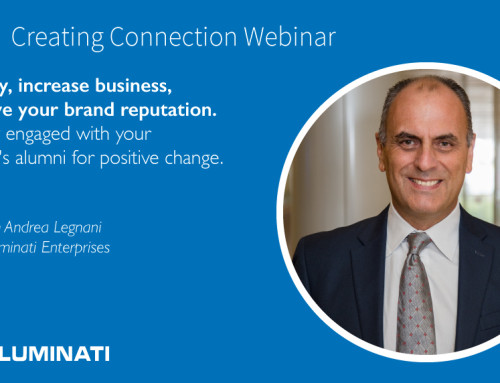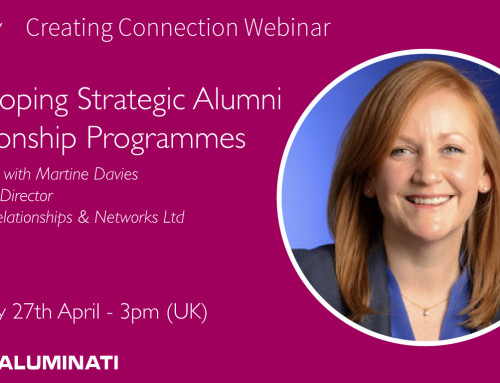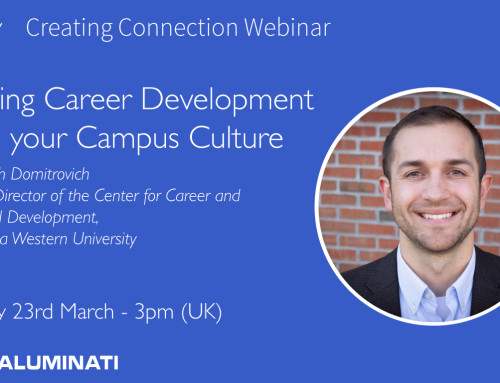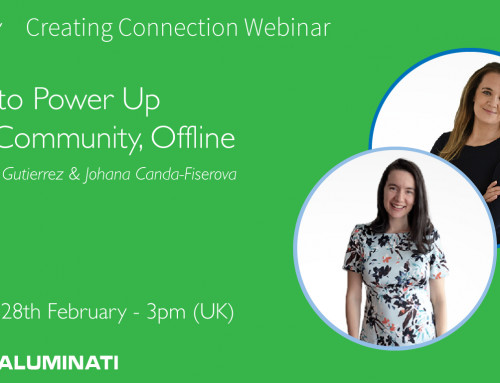For our May Creating Connection event, we were joined by Josh Domitrovich, Director of the Center for Career and Professional Development at Clarion University of Pennsylvania, to discuss creating a mentoring programme that increases career readiness using gamification. In his role, Josh serves as a career coach/liaison to approximately 800 students and specialises in mentoring, first destination outcomes, and retention efforts.
Whilst the context of this information is from an educational perspective, these insights can of course be applied to any mentoring programme across many sectors.
Key Objectives
- Understanding the components of mentoring programmes
- Identifying steps to design and implement a mentoring programme
- Examining creative and strategic approaches to increase engagement

The Research
Josh began his research by contacting 10-15 peer colleges and universities nationwide that had a formal mentoring programme. He found that the programme structures varied from informal ‘flash mentoring’ to more formalised partnerships. Josh noted that few were formalised at the school/college or university level. It was also noted that partnerships typically ranged from student-student/faculty/alumni/employer.
There was also a wide range of tools used such as manual matching, CMS and mentoring platforms such as the Aluminate Community Builder, which Josh noted was extremely helpful in providing scalability to a mentoring programme.
However, the main takeaway from his research was that none of the institutions contacted were formally or intentionally preparing their students to be mentored so what Josh did was try to fill a niche in the market by using the technique of gamification.

Gamification
Gamification is the use of game design elements in non-game-like contexts. For example, you may play a game on your phone where you can earn stars or a badge. Taking those game-like elements like a badge and applying them to an area such as career services is said to increase the motivation of individuals.
Josh and his team took this technique and created a four-year initiative called the Return on Education, creating a culture shift where an optional service at the university was embedded inside the curriculum. Josh noted that engagement areas would have typically been seen in the Freshman and Senior year groups, creating a slump in the Sophomore year where engagement decreased.
A few different components were created to remedy this issue. The team created a badging process where students have to participate in a certain number of programmes and services before they can have access to the mentoring programme in the Junior year. The badge being a symbol that students were ready to participate having learned various skills set out in the criteria.
Anatomy of a Badge
Students were given the opportunity to not only choose how they earn their badge but also how they learned these new skills along the way.
The learning options were:
Individual appointments: a great way to meet career coaches to discuss career development needs.
Online professional development series: Learning online, at own pace
Speed sessions: Half-day events designed to expose the student to important professional development details in a fast-paced environment
Professional development day: A one-day event offering access to alumni and employers.
Following this, students were given a range of topics, divided into five categories, with the instruction that they must complete one topic from each of them to earn the badge.
From this process and through research, Josh found that their programme saw an increase in student engagement of around 60%. It was also found that the programme was very attractive to parents of students, who were able to see the outcomes.
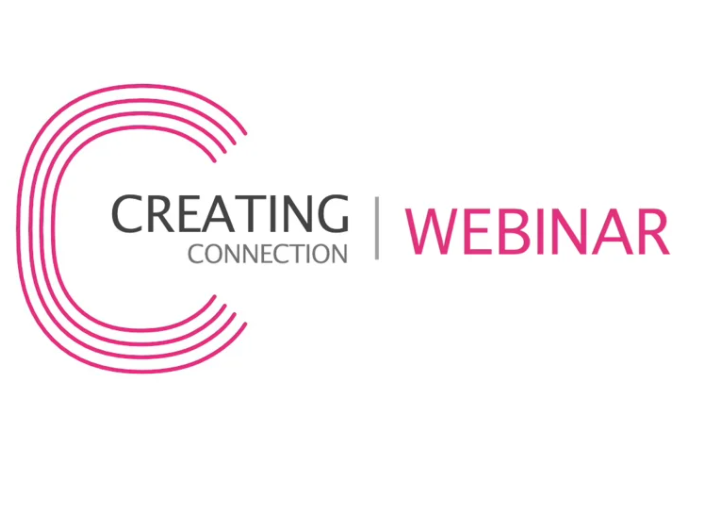
Subscribe to receive updates when we publish new and interesting content.

